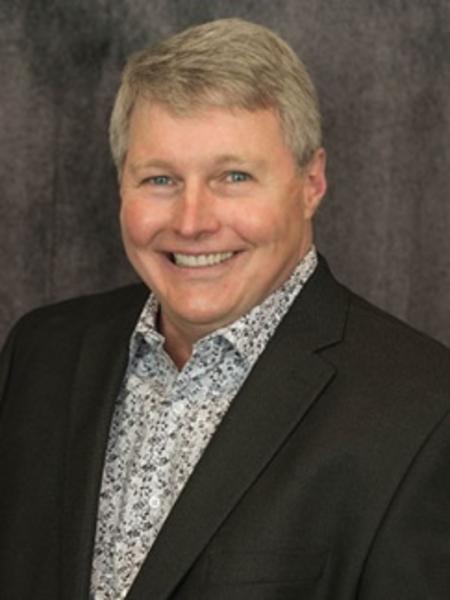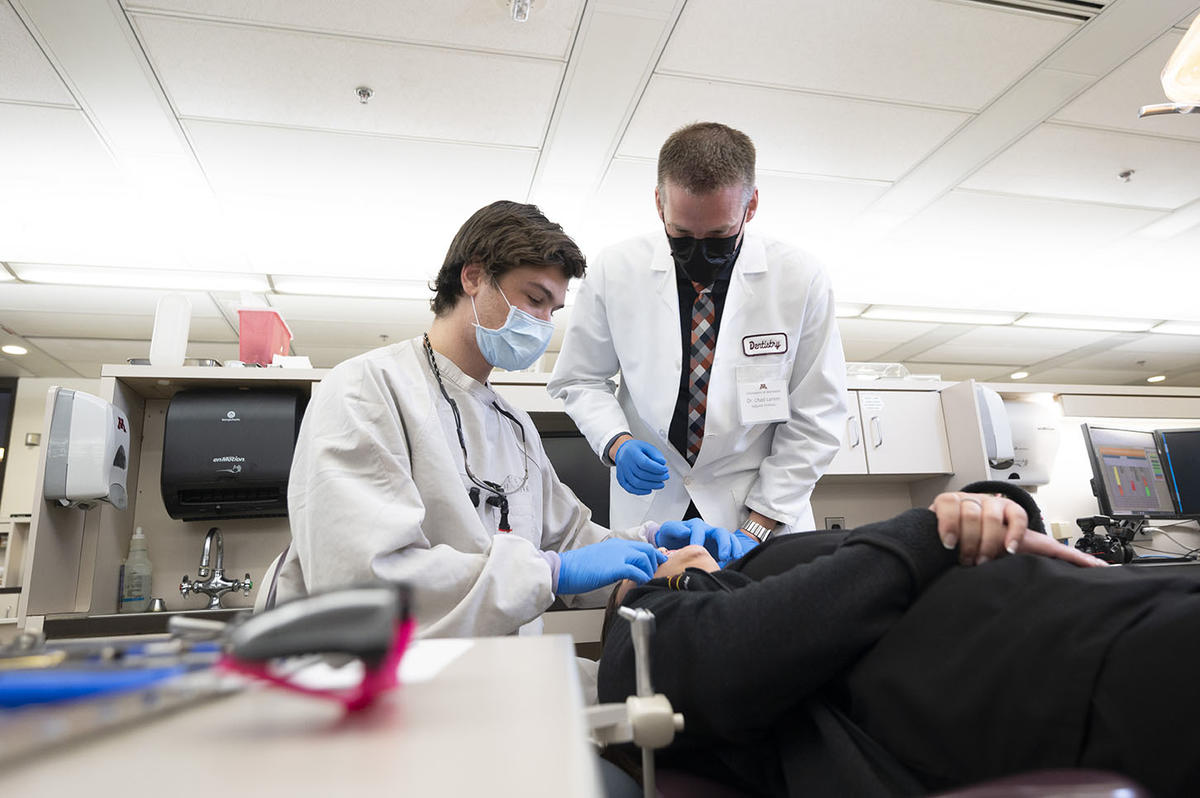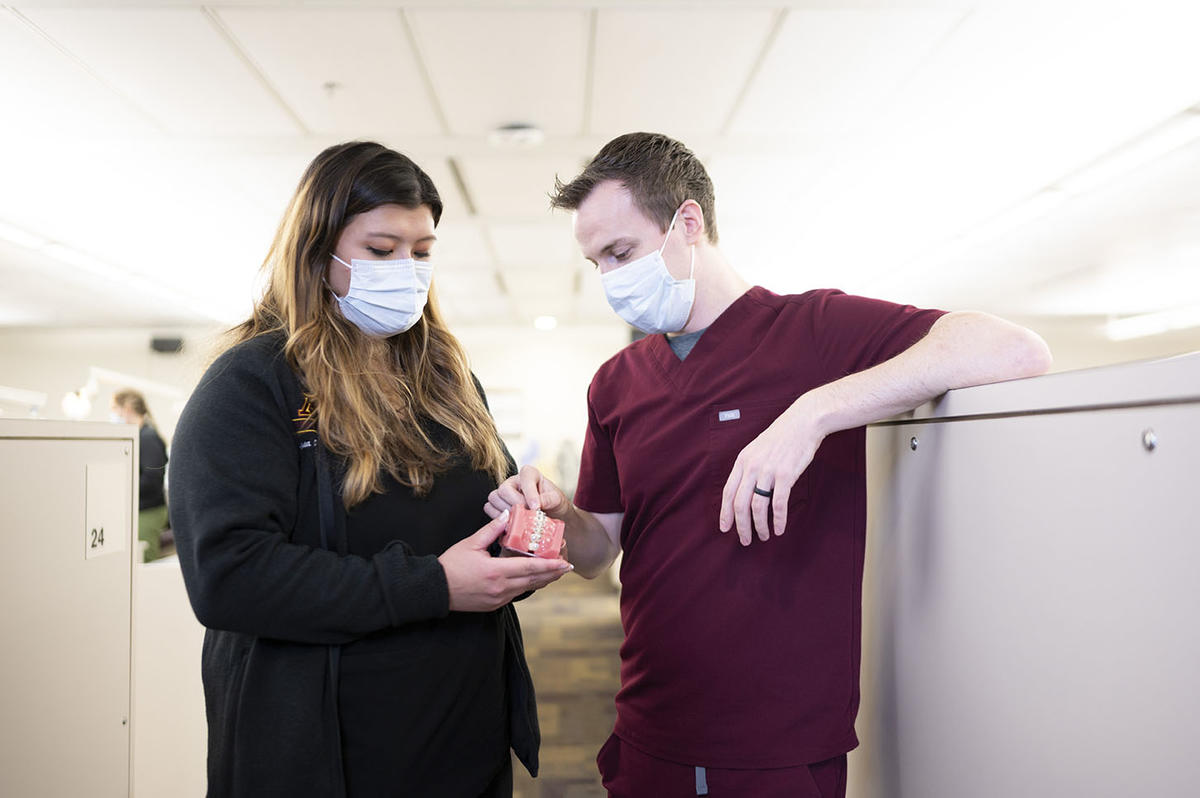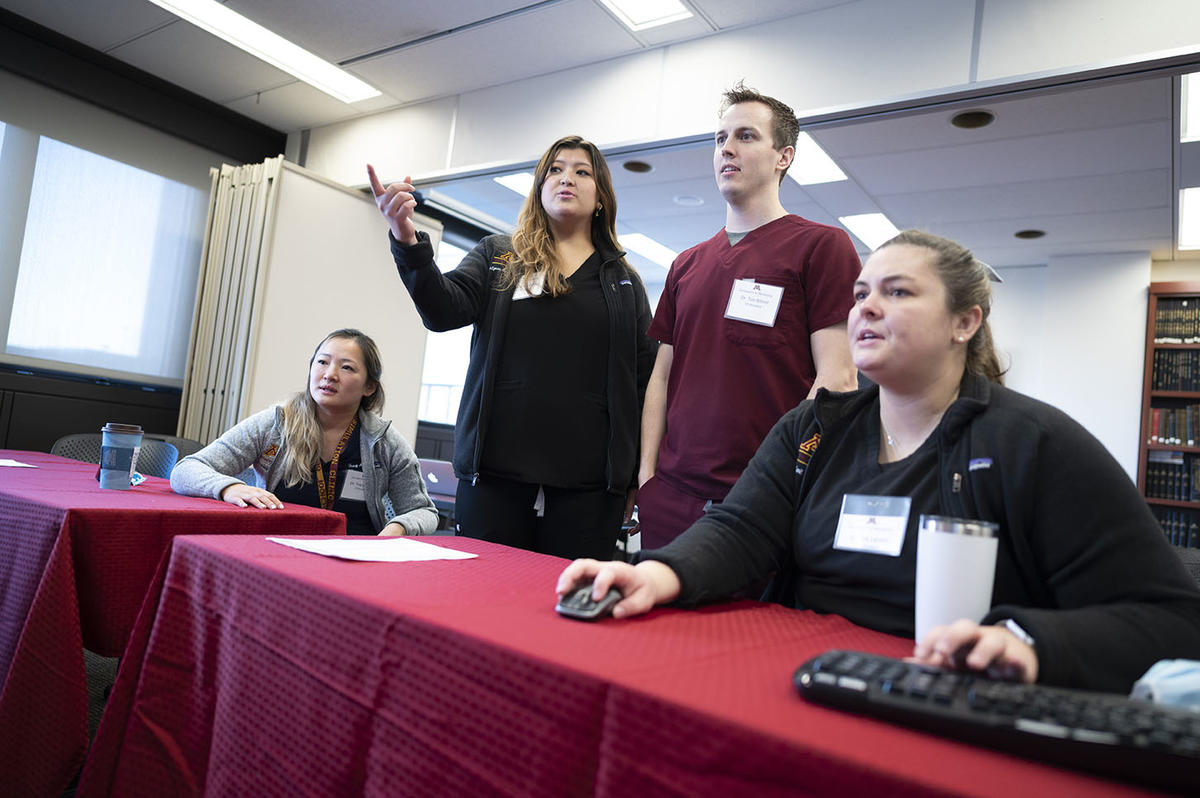
Overview
The postgraduate program in Orthodontics was established in 1947. With a history of faculty including Edward H. Angle, Charles M. Bailey, Thomas D. Speidel and Robert J. Isaacson, Minnesota has established itself as an originator of the orthodontic profession. Today, we strive to continually develop our program and our facilities to provide an exceptional educational experience.
Post-graduate learners in orthodontics will gain an in-depth knowledge of craniofacial growth and development, biomechanics, biomaterials, biomedical and clinical sciences, as well as their application to a wide variety of orthodontic techniques and clinical situations. Our mission is to provide excellent orthodontic care for patients while providing a top-notch educational and research experience for our residents.
Program at a Glance
Joining the Program
Apply
Applications must be submitted through the ADEA PASS System and the National Matching Service (MATCH) by September 1 for the program beginning the following June. Please remember to review the requirements and supplemental fee requirements that are unique to the University of Minnesota via ADEA PASS. Please pay the application fee here.
The program includes a 12.5% appointment with teaching responsibilities. Each year, we assess the level of paid stipend, tuition and insurance benefits.
We intentionally select residents who are capable and willing to engage in collaborative learning and who can use their time efficiently.
Student interview take place in person in October with a select number of prospective students.
Learn more about the application process on our ADEA PASS program page.
Program Requirements
| Subject | Description |
|---|---|
| Test scores |
ADA ADAT scores are accepted but not required. NBDE and INBDE results are not required. GRE scores are required. |
| Transcripts | Unofficial transcripts must be submitted to the program. Please submit both undergraduate and DDS/DMD transcripts through ADEA PASS. |
| CV/Resume | Applicants must submit their resume or CV through ADEA PASS. |
| Supplemental application | A supplemental application and $125 fee ($150 for international applicants) is required. Pay fees here. |
| Dental licensing | Must have a limited permit, but need not have a US or state license. |
| Degree | Must have earned a DMD/DDS degree or equivalent. |
| GRE | GRE must be taken and scores submitted through ADEA PASS. |
| International applicants |
International applicants must report TOEFL score of 79 or higher and must have foreign transcripts evaluated. We accept ECE and WES transcripts. |
Curriculum
Orthodontics residents spend their time in didactic, clinical, and advanced technological educational experiences. In the first year, students typically see approximately 65 patients; in the second year, they see a patient load of about 150. We apply the latest in technology, including CBCT scans, digital models and charts.
The Division of Orthodontics is committed to instilling sound principles of research methodology and promoting the advancement of the field. As part of the educational experience, students complete a research project and have the opportunity to obtain a Master’s Degree in Dentistry. Graduating orthodontists are expected to submit their research in the form of a publishable paper or a thesis.
Research
The Graduate Program in Orthodontics is proud of its commitment to research and continual advancement of the field of orthodontics. As part of the educational experience, students complete a research project and have the opportunity to obtain a Master’s Degree in Dentistry through the Graduate School.
The Division of Orthodontics is committed to instilling sound principles of research methodology and promoting attitudes for the advancement of the field of orthodontics.
Contact the Division of Orthodontics

Program Director
John P. Beyer, DDS, PhD
6-230 Moos Tower
515 Delaware St. SE
Minneapolis, MN 55455
612-625-5110
[email protected]
Program Coordinator
Kim Heidkamp
[email protected]



